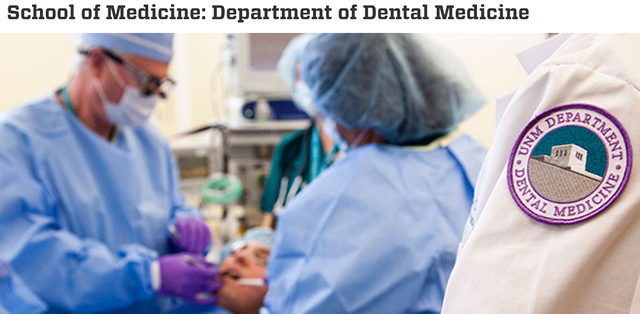
Dental Hygiene ETDs
Publication Date
Fall 12-14-2024
Abstract
This study examined oral health literacy communication techniques in dental hygiene programs across the U.S. for special needs patients and their caregivers. The study surveyed 46 U.S. dental hygiene program directors on communication techniques, degrees offered, and subject areas. Two-sample t-tests compared differences in communication techniques between AAS and BAS and subject areas. Most respondents routinely employed printed materials with 2 or 3 concepts, speak slowly, and simple language. When comparing the variances in communication techniques offered in AAS and BAS, we observed a t-statistic of 2.06 with a corresponding p-value of 0.54. This suggests that the mean communication techniques in these programs are not statistically significantly different at the 95% significance level. Similarly, when comparing the difference in subject areas learned in AAS and BAS, the t-statistic is 2.11 with an associated p-value of 0.97, indicating that the mean subject areas learned are not statistically significantly different at the 95% significance level.
Degree Name
Dental Hygiene
Level of Degree
Masters
Department Name
Dental Medicine
First Committee Member (Chair)
Christine N Nathe
Second Committee Member
Angela Cook
Third Committee Member
Nicole C Gonzales
Keywords
Individuals with disabilities, Special health care needs, dental caries, caregiver, oral health literacy
Document Type
Thesis
Recommended Citation
Tejeda Diaz, Socorro D.. "Dental Hygiene Programs’ Use of Oral Health Literacy Techniques for Special Needs Patients and Caregivers." (2024). https://digitalrepository.unm.edu/dehy_etds/55
